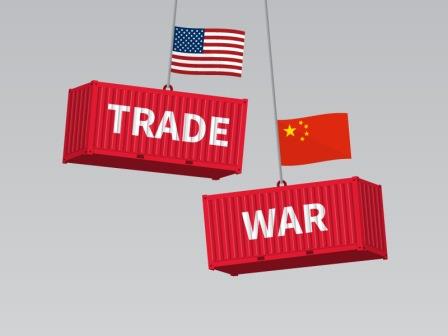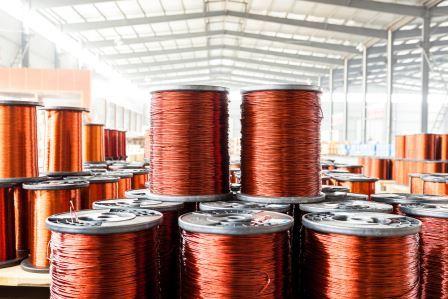
The trade deal developments and its impact on the global economy remain the trendsetter of commodity prices in 2020. A successful deal will boost global economic activity and improve the demand for base metals.
In the past year, trade uncertainty hit global economic sentiments adversely as base metal prices in the domestic futures market settled with moderate gains.
Commodities such as copper and lead ended with gains of 8 percent, while aluminium and zinc advanced 6 percent and 4 percent, respectively.
Performance of nickel was exceptional with a whopping gain of more than 40 percent. At the same time, price-performance at its key overseas markets was rather steady.
Trade war worries that fanned fears of recession roiled the global manufacturing sector last year, particularly China. This because Chinese industries are the key consumers of all base metals.
Economic growth in the country tumbled to multi-year lows due to the 17-month trade dispute between the United States and China. The pessimistic outlook on the Chinese economy weighed on the momentum of industrial commodities.
Base metals gained in the initial four months of the year on optimism that the two countries would resolve their dispute and spur demand. But prices nosedived later as there were no signs of a breakthrough.
The industrial red metal, copper, settled by gaining 4 percent in LME after it dipped to a two-year low. The US-China phase one trade deal and optimistic economic numbers from China, 2019-end lifted sentiments of the metal.
Aluminium, the widely used metal in the automobile industry, dipped to a three-year low in LME this year and closed trading down by 3 percent.
A slump in global automobile demand due to slow economic growth weighed the sentiments of the metal. Meanwhile, the metal closed at the MCX platform up by 6 percent due to weak domestic currency.
Prices of zinc and lead remained on the back foot during most of the year. Worries of a supply shortage have balanced with weak global industrial demand.
Low demand from the automobile sector and supply bottlenecks have kept the market under deficit throughout the year.
Declining inventories at exchange warehouses rising concerns over a supply shortage. LME warehouse inventories of lead and zinc currently placed at a decade low levels.
However, due to weak demand zinc and lead prices at LME platform closed the year down by 7 percent and 4 percent respectively.
Nickel was the top gainer in the non-ferrous metal complex. Unlike its peers, nickel gained a whopping 32 percent in LME since the start of 2019.
Prices insulated from major fall on bullish outlook due to increased appetite from Chinese steelmakers and a ban on nickel ore exports by top producer Indonesia.
At the same time, recent economic data from China show that their economy is on a revival path. Manufacturing and factory activity swiftly recuperated in the last quarter of 2019.
Increased domestic demand due to measures taken by policymakers to perk up economic growth lifted the manufacturing activities.
However, traders stayed away from taking big bets on base metals as they doubted that the upbeat numbers were pointing to economic recovery.
The trade deal developments and its impact on the global economy remain the trendsetter of commodity prices in 2020. A successful deal will boost global economic activity and improve the demand for base metals.
Global storage levels and performance of the dollar will also influence the sentiments of base metals in the current year.
First published in MoneyControl.










